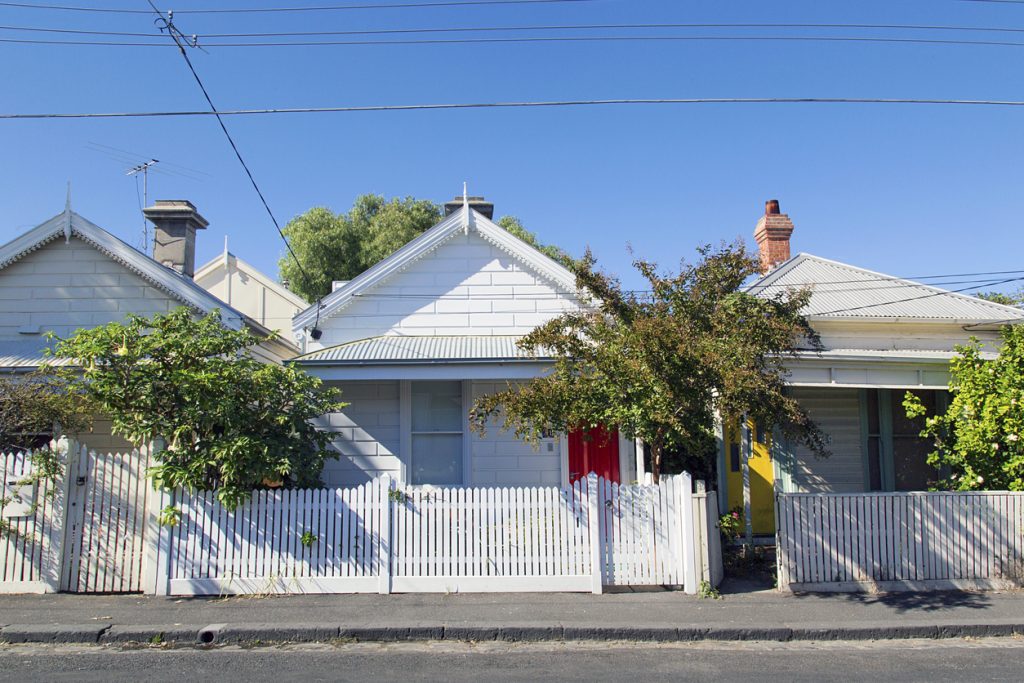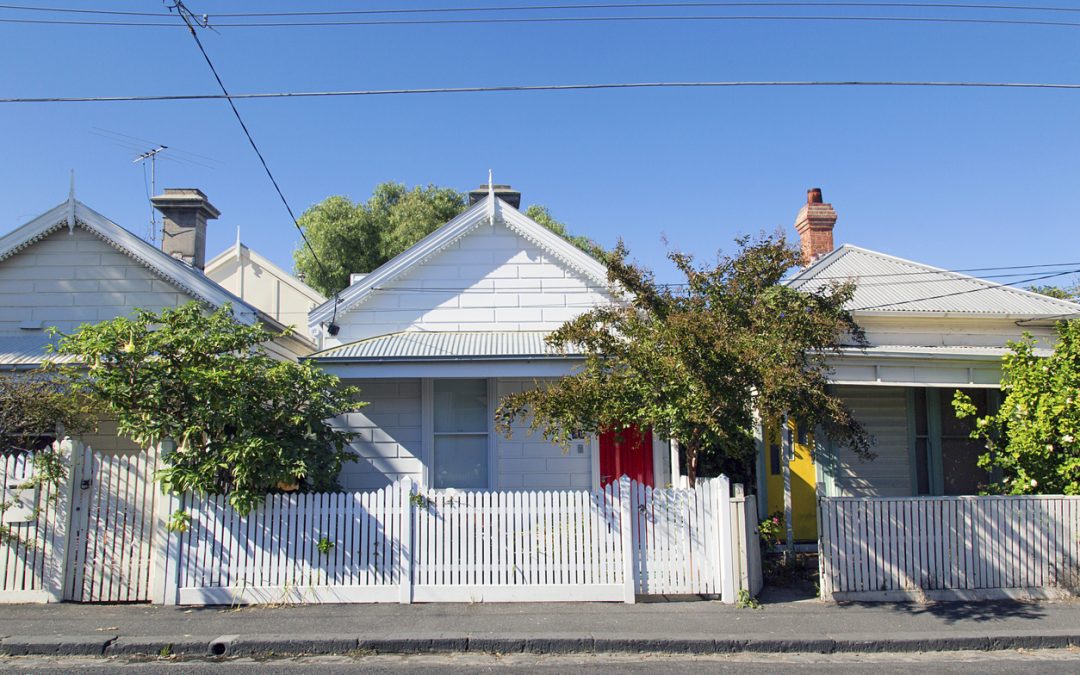
Two significant retirement income changes became law on 1 July.
With most of the attention firmly focussed on changes to Age Pension and deeming thresholds, they were easy to overlook.
But they could, over the longer term, definitively change the way Australians fund their retirements. So we believe it’s important for all retirees to be aware of this new legislation and to understand the detail.
The changes apply to the Federal Government’s Home Equity Access Scheme (HEAS). If you haven’t heard of it before, it’s possibly because it is the former Pension Loans Scheme which was revamped in the 2019 Federal Budget and re-named late last year.
Through this scheme the Federal Government is able to loan you non-taxable money against the value of your home.
The first change relates to the way this money is paid.
Before 1 July this was transferred in fortnightly deposits, the same way that the Age Pension is paid. Retirees can now access HEAS funds twice a year, in lump sum advances up to a total value of half the maximum Age Pension rate. This is currently $12,385 per year for singles and $18,670 for couples. The rules vary slightly according to your status as a full Age Pensioner, a part Age Pensioner or a self-funded retiree. The added flexibility accorded by lump sum payments will no doubt increase the (until now) somewhat limited uptake of this program.
The second change may prove to be even more important. It is the introduction of a guarantee, called the No Negative Equity Guarantee. Put simply it means that borrowers will never have to repay more than the market value of their property. As explained by Services Australia:
‘This applies when you settle your Home Equity Access Scheme debt. You or your estate won’t have to repay more than the market value of the property secured against the loan, minus any other mortgages or legitimate encumbrances.’
This modification to the terms of the loan may deliver an added sense of security to those wanting to access extra cash by using their household equity.
So is there a sting in the tail? Possibly.
You may recall the findings of the Retirement Income Review in 2020. Deep in the detail is the recommendation that retirees might need to be more creative in funding their later years – and dipping into their home equity, given homes are three times the value of most retirees’ super balances – could be the way to do this.
At face value, the revamped HEAS is neither a good nor bad strategy. Its efficacy depends entirely upon your current financial situation and anticipated future needs.
For some retirees it could provide a secure and welcome top-up to income streams from super and/or the Age Pension. It might also be a useful source of income at a time of need for health or family reasons.
But this is not to ignore the deeper policy issue which remains.
The current interest rate for the HEAS is 3.95% which is currently below what many people pay on their home mortgage. This amount is however 2.60% above the official cash rate of 1.35%, which makes it nearly three times the official rate. The interest incurred compounds across the course of the loan.
It is possible to conclude that the government could be seen to be profiting from individual retirees’ need to access retirement funding. In 2017 more than 300,000 Australians lost their Age Pension entitlements when a 2015 budgetary measure dramatically decreased the assets threshold for part pensions. It is these retirees who may now be in most need of extra cash if they still cannot qualify for an Age Pension.
And for future retirees, if the HEAS and similar private equity access schemes are more enthusiastically adopted, it is possible that the home moves further up the scale of retirement pillars – the sources of income as you age.
What do you think?
Your home is your castle and you shouldn’t have to access the equity to live a dignified retirement?
Or that the HEAS offers a practical and helpful way of living a more comfortable life after 65?
The Services Australia website provides a calculator to assist you in deciding if you want to apply and if so, how much you might be loaned. You can also find out more about the No Negative Equity Guarantee.
You don’t have to be receiving the Age Pension or hold the CSHC card to access the HEAS … but you also don’t want to miss out on either if you are eligible. So why not check your entitlements





Sadly none of this is available to people living in over 55’s landlease communities. Thousands of people live in these communities with some home valued $600000 or more. It seems that lending institutions and Centrelink believe that you have to own land to have equity in a home,
The HEas should be offering a much lower, fairer interest rate. Perhaps more people may consider. We certainly should not be expected to use home equity in years to come instead of the pension.
While a different but related subject – why wouldn’t Downsizing contributions into superannuation be indexed. It seems the amount hasn’t changed over several years albeit property values have?